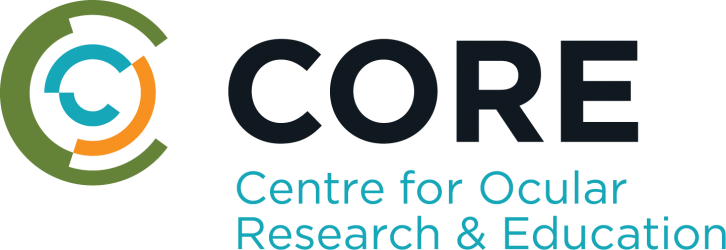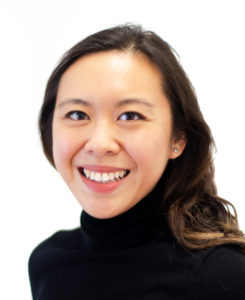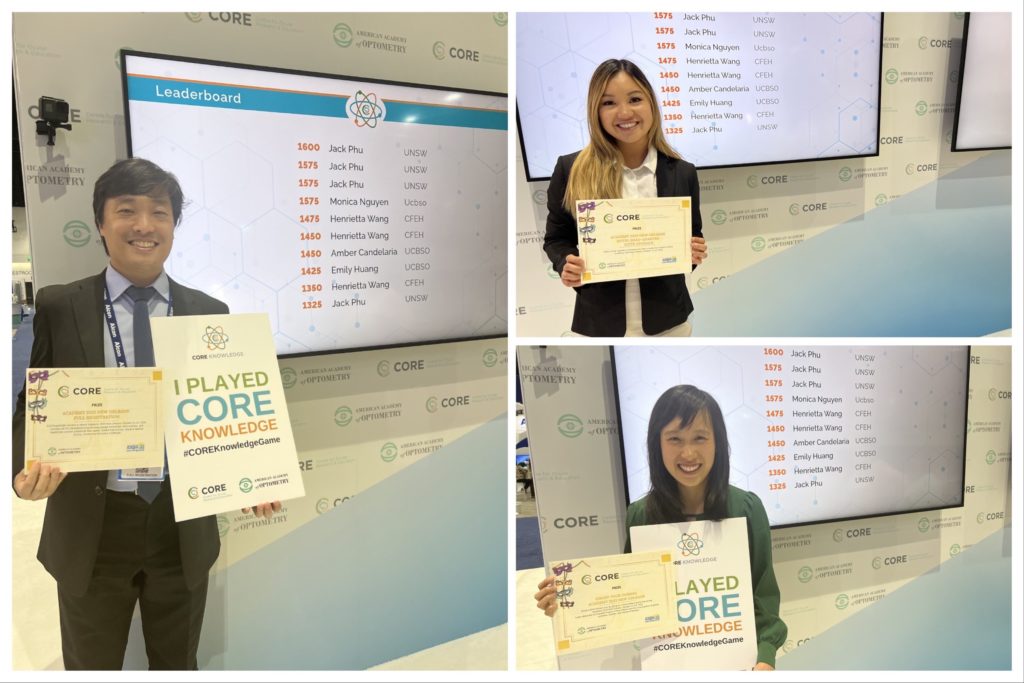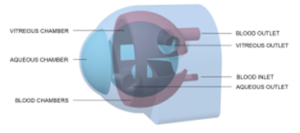Issue 69 of Contact Lens Update Now Available
WATERLOO, ONTARIO, January 4, 2023—Aiming to further accelerate the growth of multifocal contact lens prescribing, the Centre for Ocular Research & Education (CORE) has published guidance from three experts to help eye care professionals embrace the trend.
Issue 69 of Contact Lens Update is dedicated to evidence-based perspectives on multifocal fitting, visual performance, and patient satisfaction. It also includes a new patient-facing communication tool for in office and online use by practices. The latest edition and all past issues are available for free at ContactLensUpdate.com.
“A deeper understanding of multifocal contact lens advancements improves confidence among eye care professionals. In turn, that allows them to deliver better care for their presbyopic patients,” said CORE Head of Clinical Research Jill Woods. “This issue of Contact Lens Update demonstrates that with the right approach, consistent success is achievable.”
Marc Schulze, CORE Senior Clinical Scientist, authors the opening editorial. He shares clinical pearls that will help practitioners maximize their fitting success, such as using online tools and the appropriate fitting guides for specific lenses.
The feature article from Jennifer Fogt, Associate Clinical Professor at the Ohio State University College of Optometry, discusses the results of her study examining a comparison of the visual performance between multifocal contact lenses and progressive addition spectacles. The study found that multifocal contact lenses provide functional vision performance equal to progressive addition spectacle wear.
Sarah Guthrie, CORE Senior Research Scientist, shares insights from her poster first presented at the American Academy of Optometry annual meeting. This study explored the correlation between vision and satisfaction with multifocal contact lenses, linking that to the desire to continue wear.
Included in this issue is a CORE-produced patient facing handout that clearly and succinctly presents the benefits of multifocal contact lenses. This no cost resource can be used in the exam lane, for patient follow-up communications, as well as on practice websites and social media accounts.
Published six times per year, Contact Lens Update provides a global platform for unbiased clinical insights based in current research. Since 2011, each issue has provided dependable and up-to-date ocular health information for more than 60,000 leading eye care professionals.
In addition to a complete archive of back issues, ContactLensUpdate.com offers a resource library that provides no-cost professional tools, patient resources, images and video. It also houses complimentary technical training videos produced by International Association of Contact Lens Educators, plus an industry glossary. Industry professionals can access the latest issue directly from ContactLensUpdate.com or quickly sign up for email receipt of future issues.
The publication receives support from the educational arms of Alcon, CooperVision, and Johnson & Johnson Vision.
# # #
About the Centre for Ocular Research & Education (CORE)
The Centre for Ocular Research & Education (CORE) was established in 1988 at the University of Waterloo’s School of Optometry & Vision Science. Over the next three decades, the organization evolved from a three-person operation into a thriving hub of basic and applied research, collaborating with sponsors, agencies and academia on advanced biosciences, clinical research and education. Its uncompromising independence and results of the highest quality have been at the heart of many of the most prominent advances in eye health. Today, its approximately 50-person team serves a range of ophthalmic sectors, including medical devices, ocular pharmaceuticals, digital technology and others, with a focus on the anterior segment. For more information, please visit core.uwaterloo.ca.
MEDIA CONTACTS
Aimee J. Lewis or Mike McDougall, APR, Fellow PRSA, FAAO
McDougall Communications for CORE
aimee@mcdougallpr.com +1.585.414.9838 | mike@mcdougallpr.com +1.585.545.1815











 Mark Bullimore, renowned scientist and adjunct professor at the University of Houston, provides the
Mark Bullimore, renowned scientist and adjunct professor at the University of Houston, provides the  The
The  James Loughman, professor of Optometry and Vision Science at Technological University Dublin and director of the Centre for Eye Research Ireland,
James Loughman, professor of Optometry and Vision Science at Technological University Dublin and director of the Centre for Eye Research Ireland,  Kate and Paul Gifford, prominent clinical scientists and co-founders of Myopia Profile, share a valuable
Kate and Paul Gifford, prominent clinical scientists and co-founders of Myopia Profile, share a valuable  The resulting “eye” included aqueous, vitreous, and blood chambers, a blood outlet/inlet, aqueous and vitreous outlets, and a 500μm-thick cornea—absent any artificial support structures. Phosphate-buffered saline was used as an aqueous and vitreous humor mimic in the corresponding drug delivery study, which measured contact lens-delivered dye transfer in each chamber and channel.
The resulting “eye” included aqueous, vitreous, and blood chambers, a blood outlet/inlet, aqueous and vitreous outlets, and a 500μm-thick cornea—absent any artificial support structures. Phosphate-buffered saline was used as an aqueous and vitreous humor mimic in the corresponding drug delivery study, which measured contact lens-delivered dye transfer in each chamber and channel. large-scale projects, and extremely expensive. This severely limits its use for high-throughput applications in many academic and research settings,” said Chau-Minh Phan, research assistant professor at CORE. “Our work shows the promise of an alternative approach, with much faster layer-based printing at a significantly lower cost. We believe this is a starting point for developing enhanced 3D eye models to test drug release kinetics of various devices and formulations.”
large-scale projects, and extremely expensive. This severely limits its use for high-throughput applications in many academic and research settings,” said Chau-Minh Phan, research assistant professor at CORE. “Our work shows the promise of an alternative approach, with much faster layer-based printing at a significantly lower cost. We believe this is a starting point for developing enhanced 3D eye models to test drug release kinetics of various devices and formulations.”


